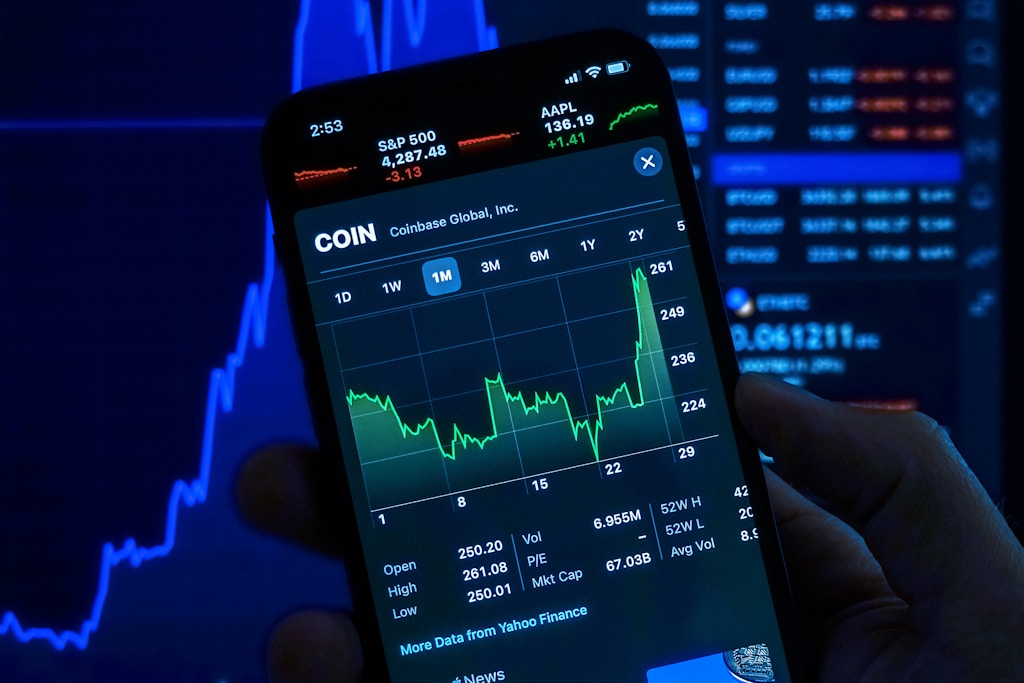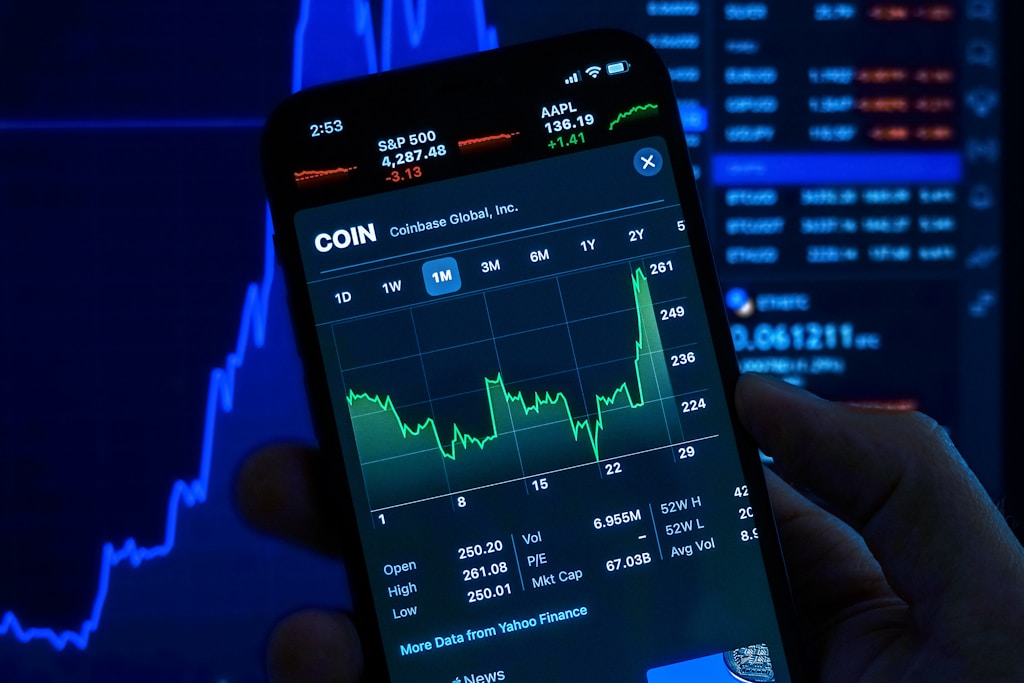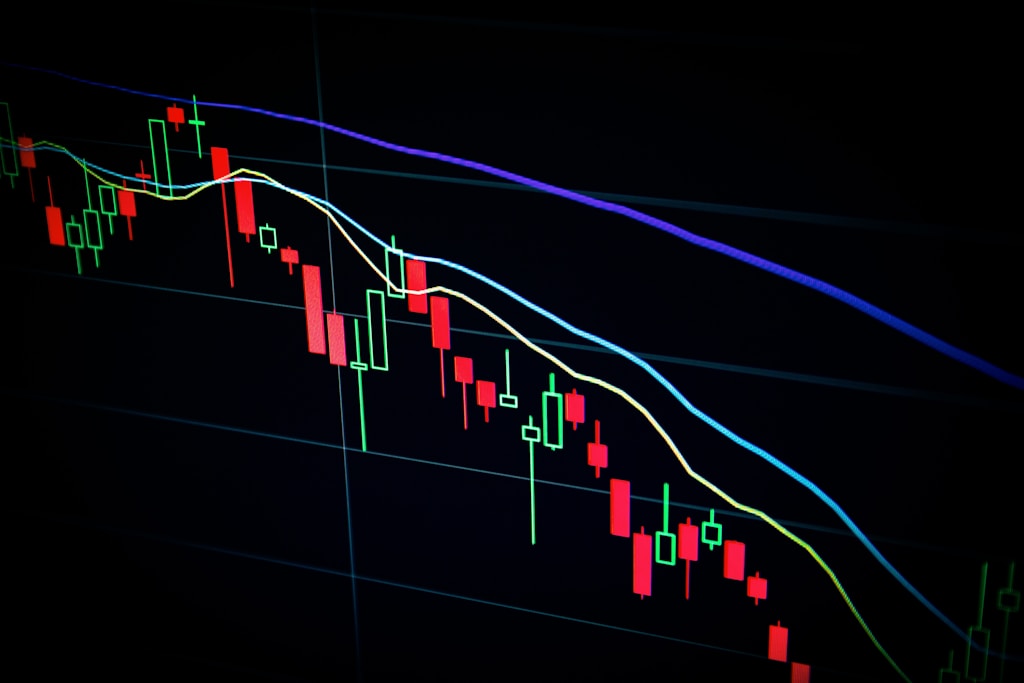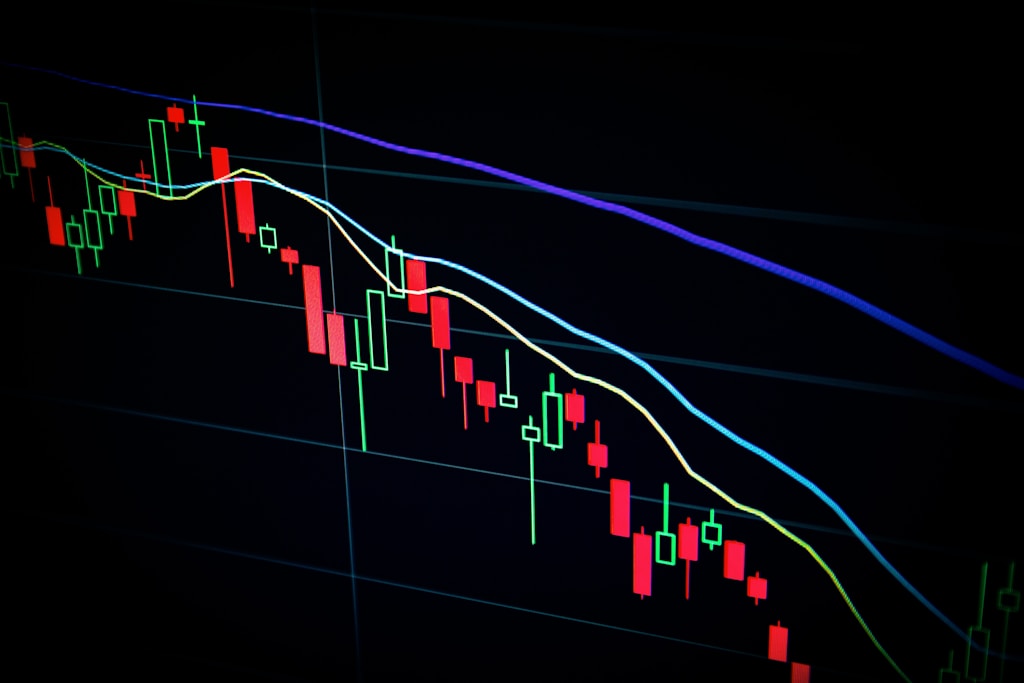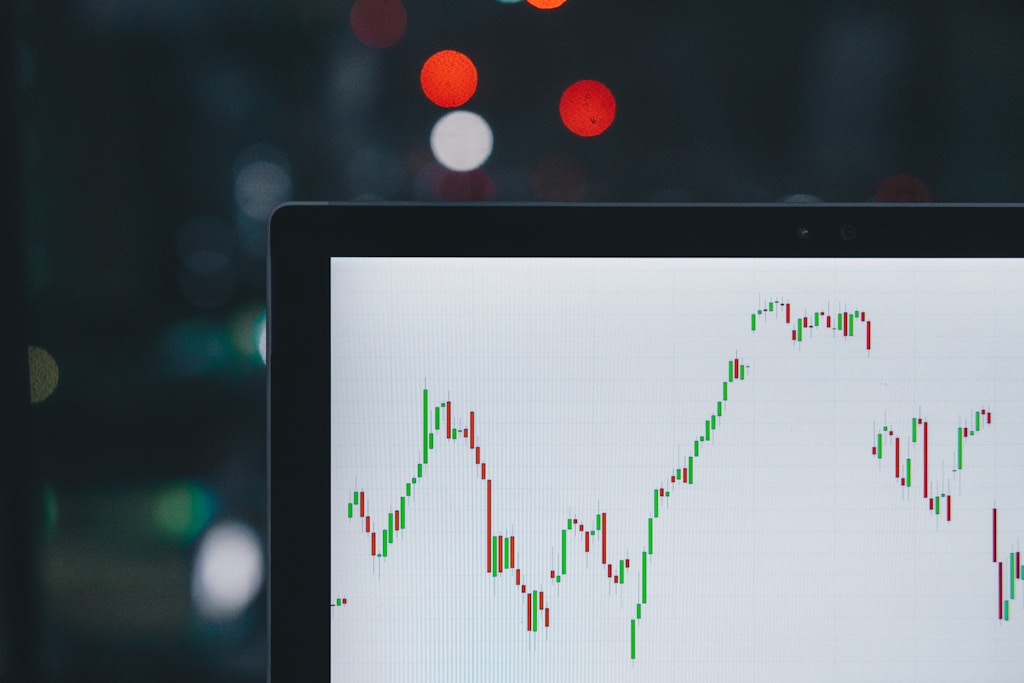Senate Stablecoin Bill Crisis: GENIUS Act Faces Critical Deadline
The U.S. crypto regulatory landscape stands at a pivotal crossroads as the GENIUS Act, a crucial piece of stablecoin legislation, faces potential collapse ahead of Friday’s deadline. This development comes at a time when regulatory clarity has become increasingly critical for crypto market growth.
Understanding the GENIUS Act Crisis
Industry leaders are sounding the alarm as the GENIUS Act (Generating Effective New Infrastructure for Unified Stablecoin) teeters on the brink of legislative failure. This comprehensive bill, designed to establish clear regulatory frameworks for stablecoin issuers, represents a cornerstone of crypto industry’s legislative agenda for 2025.
Critical Timeline and Industry Impact
- Friday deadline looms for bill rescue
- Potential impact on broader crypto legislation
- Industry stakeholders mobilizing support
Key Provisions at Risk
The GENIUS Act contains several critical provisions that would:
- Establish clear licensing requirements for stablecoin issuers
- Define capital reserve requirements
- Create consumer protection frameworks
- Set standards for operational resilience
Industry Response and Next Steps
Crypto policy leaders are actively working to prevent the bill’s collapse, recognizing its importance for the industry’s future. The potential failure of this legislation could significantly impact the broader crypto regulatory landscape.
FAQ Section
What happens if the GENIUS Act fails?
The failure could lead to continued regulatory uncertainty in the stablecoin sector and potentially impact other pending crypto legislation.
Can the bill be revived after Friday?
While technically possible, policy experts suggest that missing Friday’s deadline would significantly complicate the bill’s path forward.
How does this affect stablecoin issuers?
Current and prospective stablecoin issuers would continue operating under existing regulatory frameworks, potentially limiting innovation and growth.
